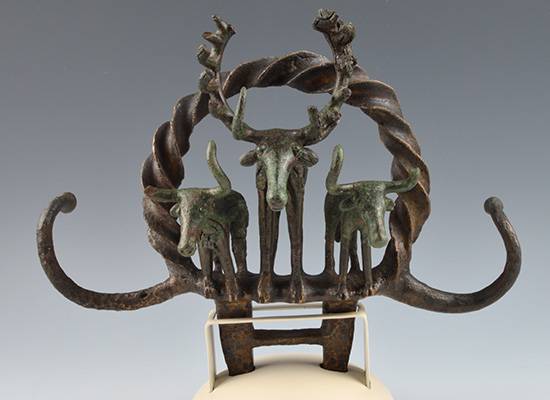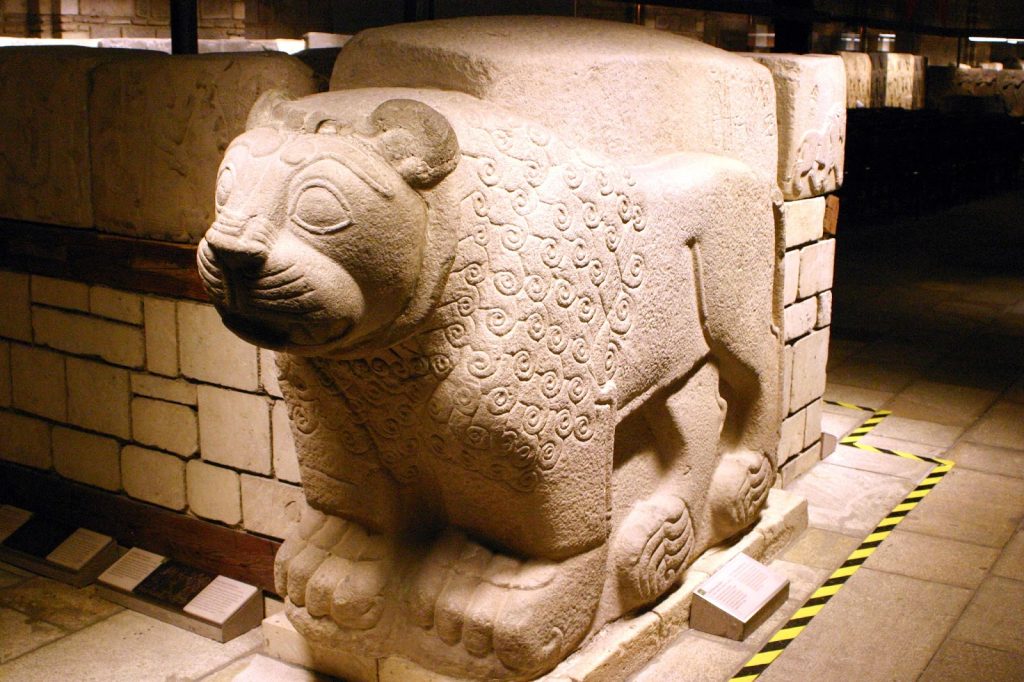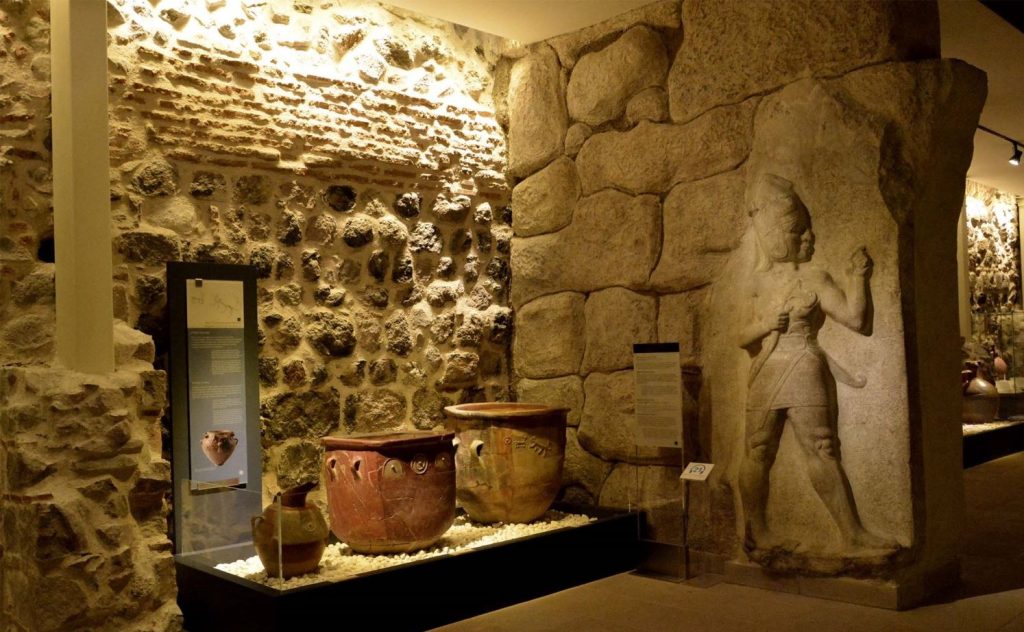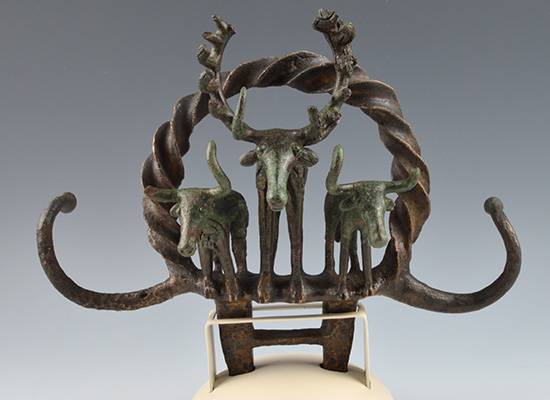Anatolia has a history spanning thousands of years and has hosted many significant civilizations throughout this period. Therefore, artifacts from past civilizations can be found in many parts of Anatolia. Among the most important museums where these artifacts are exhibited is the Museum of Anatolian Civilizations located in Ankara. Situated southeast of Ankara Castle, the museum was established by converting two old Ottoman buildings. Mahmut Paşa Bedesteni and Kurşunluhan were transformed into a museum following Atatürk’s instructions and, over time, the museum became home to numerous significant historical artifacts, establishing its reputation as one of the world’s top civilization museums. The museum, still open to visitors, attracts the attention of many local and foreign tourists.

Bronze stand with animal figures from Alacahöyük
Foundation of the Anatolian Civilizations Museum
With the proclamation of the Republic, there was a growing interest in historical documents and structures from past periods. In 1921, Ankara’s first museum was established in the Akkale bastion of Ankara Castle. However, due to the insufficiency of this museum and especially with the unearthing of antique artifacts around the Temple of Augustus and the Roman Baths, there was a need for a larger museum. Around this time, with directives from Mustafa Kemal Atatürk, the idea of establishing a Hittite Museum emerged.

Mother goddess of fertility from Çatalhöyük
Various artifacts and relics from the Hittite period were then collected. The Kurşunlu Han and Mahmut Paşa Bedesteni from the Ottoman period were considered suitable places to exhibit these artifacts. However, after a fire in 1881 rendered these two buildings unusable, renovations began. Museum works, initiated in 1938 with the efforts of the Ministry of Culture, continued intermittently until 1968.

Bronze Sun Disk associated with the Hatti culture
During this period, once the bedesten was restored, the first artifacts were placed there in 1940. However, over time, not only Hittite artifacts but also artifacts from other Anatolian civilizations were brought to the city, so the idea of an Anatolian Civilizations Museum emerged.
With a substantial number of artifacts, the museum took its final form in 1968. Kurşunlu Han hosts archaeologists, researchers, and historians, and also features a library, laboratory, conference hall, and workshops. The Mahmut Paşa Bedesteni serves as the exhibition hall for historical artifacts.
Museum of Anatolian Civilizations Being Chosen as the Museum of the Year in Europe
After 1968, more artifacts were brought to the museum, expanding its inventory. With its historical structure and rich heritage, the Anatolian Civilizations Museum was chosen as the first among 68 different museums in an evaluation held in Lausanne, Switzerland, on April 19, 1997, earning the title of Museum of the Year in Europe. Thus, with its unique collection, the museum chronologically presents Anatolian civilizations from the Paleolithic era to the present day.

Bronze standard with animal figure
Artifacts of the Museum
The Anatolian Civilizations Museum displays many diverse artifacts. The Çatalhöyük city plan, dating back to 6200 BC, is the world’s oldest known map and is exhibited in the museum. There are different sections in the museum. The section dedicated to the Chalcolithic Age showcases artifacts from the Early Bronze Age and items obtained from the Alacahöyük excavations. Additionally, in the Assyrian trade colonies section, documents related to the beginning of Anatolia’s written history are displayed. Findings from the Old Hittite, Phrygian, Late Hittite, Urartian, and Lydian periods are also available in this section.

Museum of Anatolian Civilizations
One of the museum’s most notable sections is the “Ankara Through the Ages”. This section provides a thematic display of Ankara’s transformation from its earliest periods to today. Civilizations of Anatolia in Ankara from 1200 BC to the present day are on display.

